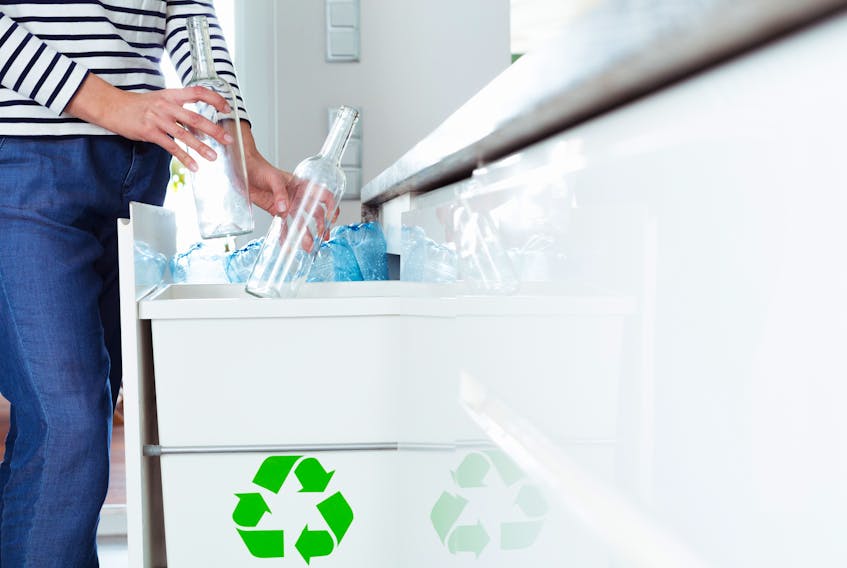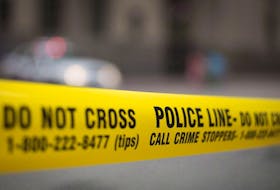As people in the western region continue to get used to what does and doesn’t go in the recycling blue bags, Western Regional Waste Management (WRWM) is reminding residents of one thing that shouldn’t be in there — glass.
Jason King is chief administrative officer of the waste management authority.
He said since the new two-stream waste diversion program started in July overall compliance has been good, except when it comes to glass.
Related stories:
New waste management program launched in western Newfoundland will benefit generations to come
The household recycling component of the diversion does not include glass. Glass bottles and other glass materials have to be put in the clear bag with other waste.
But King said there are still a lot of people who aren’t complying.
“The amount of glass that’s in the blue bag is a problem,” he said.
Ensuring the glass is kept out of the blue bags is an individual community responsibility.
“The communities need to stop taking it at the curb,” said King.
If the glass is spotted by waste collectors at the curb the bag is not supposed to be taken and a sticker placed on it.
Added to that, he said there has to be education.
“You’ve got to be able to say why it was left there.”
If the community does decide to take the bag, he said it needs to go on the garbage side of the truck.
“It cannot be in the blue bag side.”
If a bag does make it to the Wild Cove transfer station and the loader operator or spotter sees it, they will remove it.
The problem is they can only see the outside of the bags, said King. “You’re not seeing the middle.”
It’s when the bag gets to Scotia Recycling and ripped open for sorting that most of the glass is found.
“And that’s where you’ve got to be careful of the glass,” said King.
“It contaminates a lot of material. It devalues everything.”
It’s also a safety hazard.
“If you put your hand down and grab this piece of paper and there’s a bunch of stuff underneath it, you don’t know if there’s a broken glass right underneath that and you can get cut.”
Most times the workers will still pick through it and see what can be recycled, unless the glass is badly broken.
“If it’s a safety issue they won’t open the bag.”
King said a bag is likely picked up and dropped about six times, including being compacted, before it gets to Scotia Recycling, so the likelihood the glass makes it there without being broken is pretty slim.









